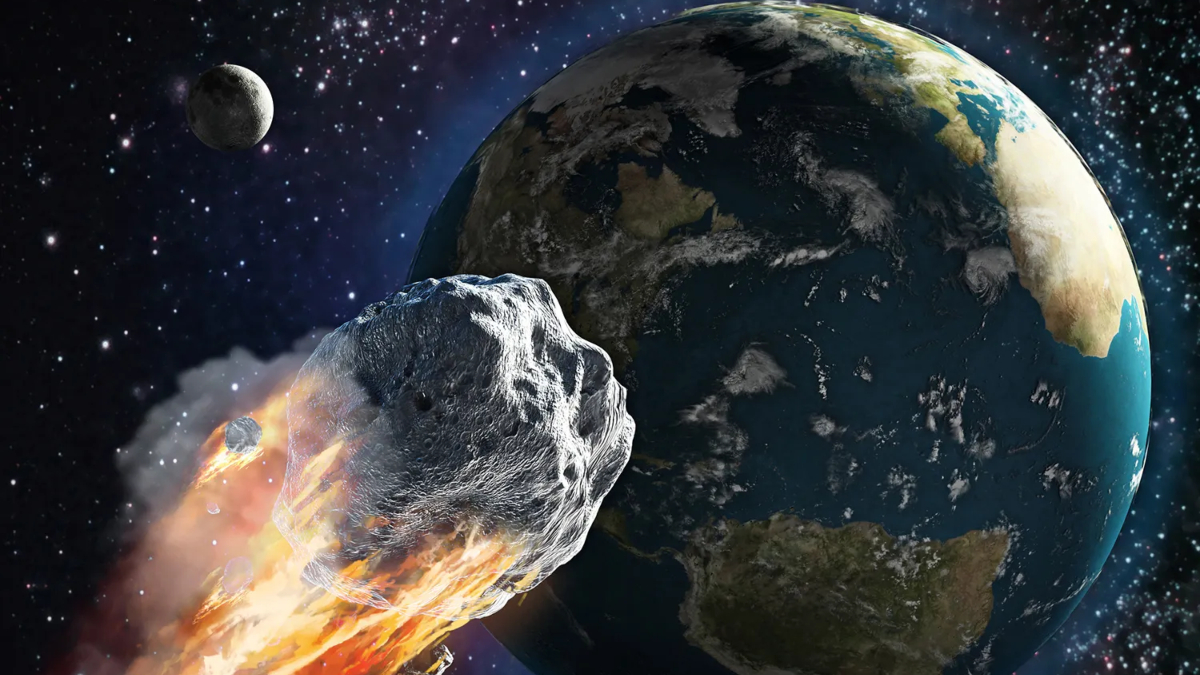Two large asteroids are set to safely pass by Earth this week, coinciding with Asteroid Day 2024. While neither asteroid poses any threat to our planet, the recent discovery of one highlights the need for improved detection capabilities.
Asteroid 2024 MK, measuring between 120 and 260 meters, was discovered on June 16, 2024. It will fly by Earth on June 29, passing within 290,000 km of the planet’s surface, approximately 75% of the distance to the Moon. This near-Earth object (NEO) will be observable by amateur astronomers with small telescopes in certain regions. Observation plans can be facilitated using the European Space Agency’s (ESA) NEO toolkit.
The discovery of 2024 MK just a week before its close approach underscores the importance of enhancing our monitoring systems for potentially hazardous objects.
Another large asteroid, (415029) 2011 UL21, measuring 2310 meters, will pass Earth on June 27 at a distance more than 17 times the distance to the Moon. This asteroid has an unusual orbit around the Sun, possibly due to gravitational interactions with large planets like Jupiter, which can redirect asteroids towards Earth. Understanding these interactions is crucial for planetary defense.
Asteroid Day, endorsed by the United Nations, commemorates the 1908 Tunguska event, the largest recorded asteroid impact on Earth. This event emphasizes the importance of planetary defense efforts.
ESA and its Member States coordinate efforts to detect, analyze, and respond to asteroid hazards. ESA’s Planetary Defence Office is engaged in various projects to improve the detection, tracking, and mitigation of hazardous asteroids. Later this year, ESA will launch the Hera mission to study the asteroid Dimorphos following NASA’s DART mission impact in 2022. This mission aims to develop a repeatable planetary defense technique.
On Earth, ESA is developing Flyeye telescopes with wide fields of view to scan the sky nightly for new hazardous asteroids. The future NEOMIR satellite, positioned between Earth and the Sun, will use infrared to detect asteroids obscured by the Sun’s glare.






